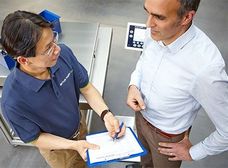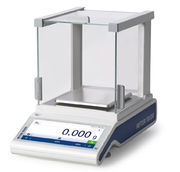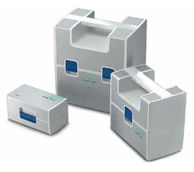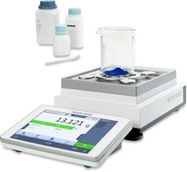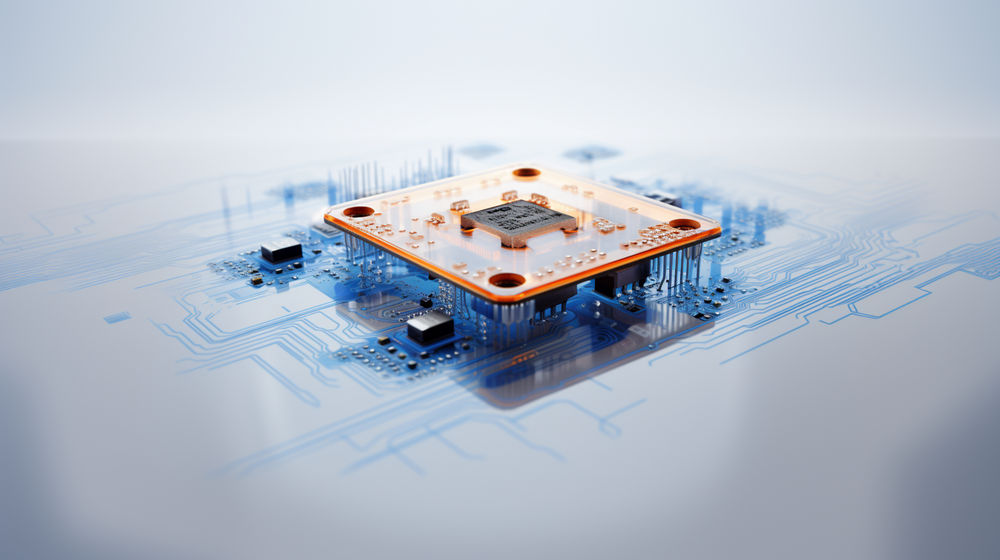Penn team uses self-assembly to make molecule-sized particles with patches of charge
Advertisement
Physicists, chemists and engineers at the University of Pennsylvania have demonstrated a novel method for the controlled formation of patchy particles, using charged, self-assembling molecules that may one day serve as drug-delivery vehicles to combat disease and perhaps be used in small batteries that store and release charge.
Researchers demonstrated that the positive electrical charges of calcium ions — just like the calcium in teeth and bone — can form bridges between negatively charged polymers that would normally repel each other. The polymers, similar to the lipids that make the membranes surrounding living cells, have both a water-loving part linked to a water-repelling part. On the surfaces of these cell-sized polymer sacks, the calcium ions create calcium-rich islands or patches on top of negatively-charged polymer. Copper ions also work, and the patches can be made to coalesce and cover half of the particle. This polarized structure is the basic arrangement needed to set up, for example, the two electrodes of a microscopic battery. They could also one day be functionalized into docking sites to enhance targeted delivery of drug-laden particles to cells.
While the concept seems simple, that opposite charges attract, the creation and control of patches on one small particle has been a challenge. Scientists like Dennis E. Discher, principal investigator of the study and a professor of chemical and biomolecular engineering at Penn, are designing materials at the nanoscale because future technologies will increasingly rely on structures with distinct and controlled surfaces. Physicians, for example, will improve medical therapies by wrapping drugs within the bioengineered polymer sacks, or by creating tiny biomedical sensors. Green energy production and storage will also require structures with scales no longer measured by inches, but by micrometers and nanometers.
The collaboration involved faculty from Penn's School of Engineering and Applied Science, the School of Medicine and the School of Arts and Sciences, and demonstrated, more specifically, the selective binding of multivalent cationic ligands within a mixture of both polyanionic and non-ionic amphiphiles that all co-assemble into either patchy sacks called vesicles or molecular cylinders called worm-like micelles. Similar principles have been explored with lipids in the field of membrane biophysics because calcium is key to many cellular signaling processes. The trick is that the energy of attraction of opposite charges must be adjusted to find a balance with the large entropic price for localization into spots. If the attractions are too large, the ions precipitate, just like adding too much sugar to tea or coffee.
Using a little bit of acid or a little of base, the patchy polymer vesicles and cylinders can be made with tunable sizes, shapes and spacings. Assemblies with single large patches are called Janus assemblies, named after the double-faced Roman god, and the assemblies generally last for years because these are polymer-based structures.
"The key advance we present in this study is the restricted range of conditions that are required for self assembly in these solutions," Discher said. "We show that, in addition to polymers, negatively-charged cell lipids which are involved in all sorts of cell-signaling processes like cell motion and cancer mechanics, can also make domains or islands with calcium."
The work is representative of national research into soft matter, materials constructed from organic molecules like lipids, peptides and nucleic acids. A properly designed molecular system can produce a wide array of nanostructures and microstructures, emulating and extending what is found in nature.
























